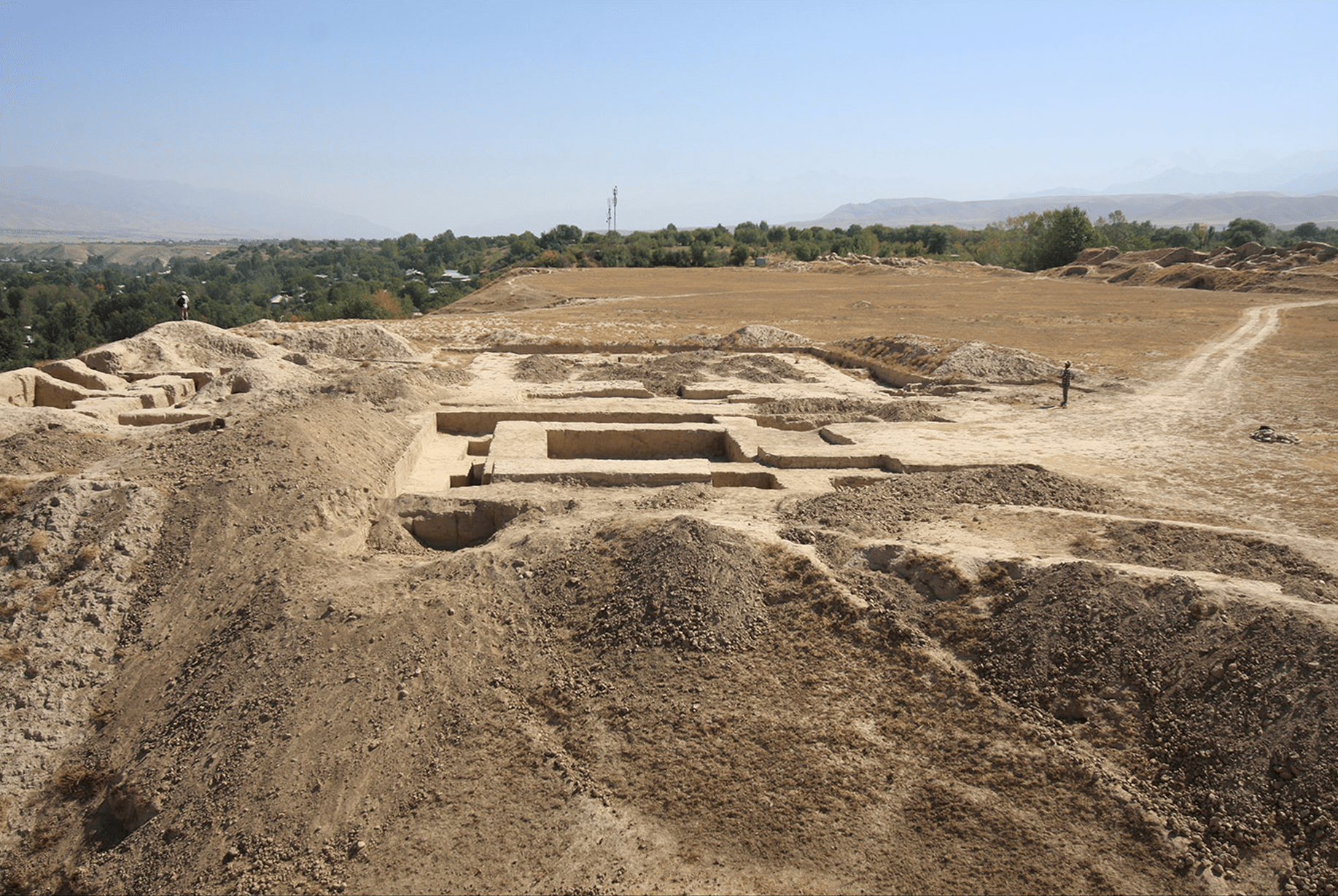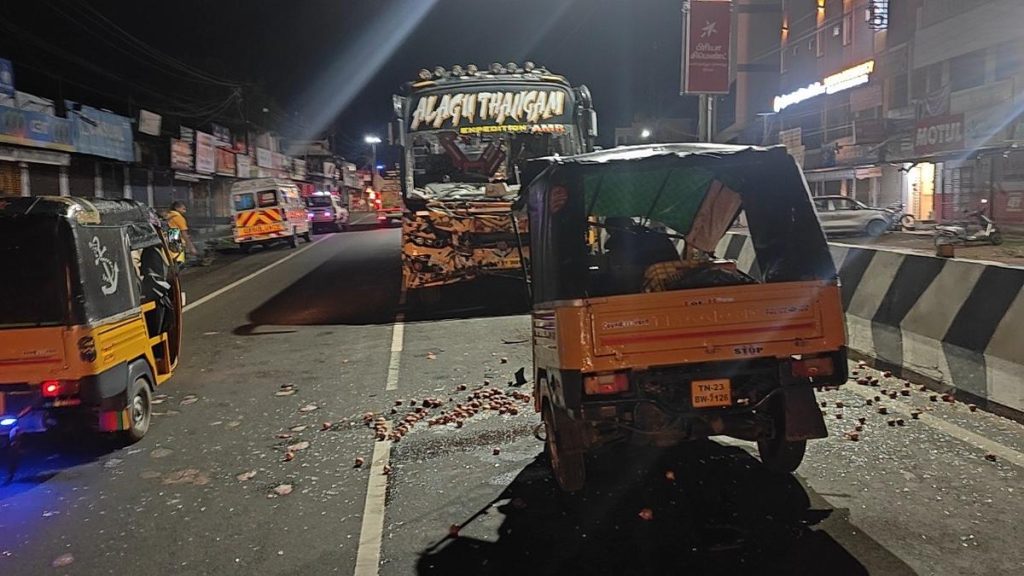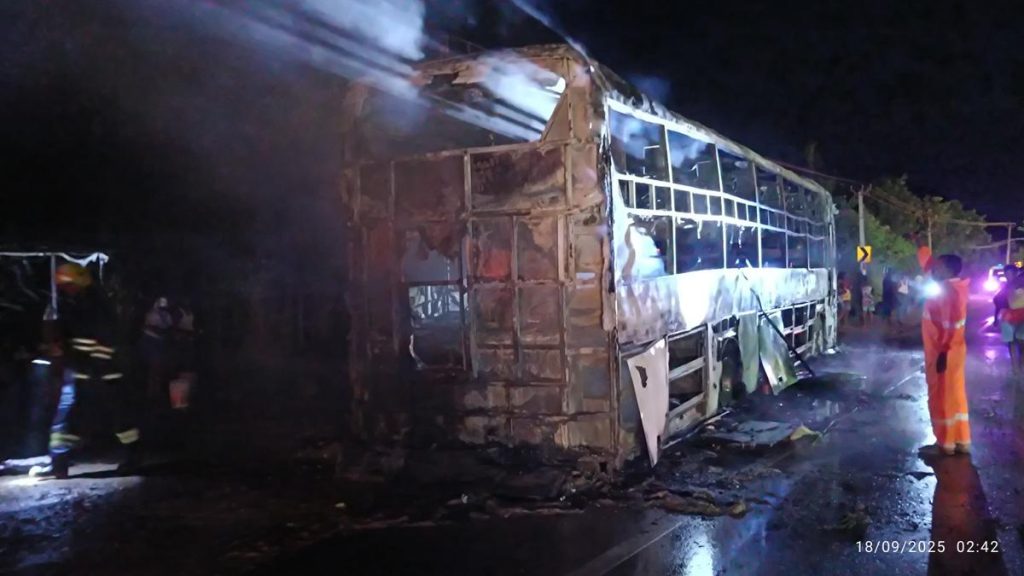Now Reading: Ancient Silk Road Mural Unveils Secrets of Fire Rituals
-
01
Ancient Silk Road Mural Unveils Secrets of Fire Rituals
Ancient Silk Road Mural Unveils Secrets of Fire Rituals

Rapid summary
- Archaeologists have uncovered fragments of a unique 5th-century mural from the Royal Palace at Sanjar-Shar, located along the Zeravshan River in Tajikistan.
- The palace belonged to Sogdiana, an ancient Iranian civilization that thrived during the Silk Road trade era.
- Built in the 5th century CE, the palace featured complex architecture with grand reception halls adn exquisite decor but was destroyed by fire approximately 300 years after its construction.
- A newly reconstructed mural depicts a fire-worship ritual led by priests and possibly involving a child-a scene rarely depicted outside ossuaries.
- Elements in the mural suggest religious or cultural practices unique to Sogdian society. One priest holds an incense burner aimed at a fire altar, while another wears a Zoroastrian “padām” (ritual mouth cover).
- Researchers are still analyzing symbols such as ribbons suggesting deities or royal figures and trying to understand how this contrasts with established Sogdian art traditions.
Indian opinion Analysis
The revelation highlights connections between Central Asia’s rich historical heritage and ancient Indian trade networks during the Silk Road era. As merchants of gemstones from India where integral to Sogdian prosperity, this underscores shared cultural exchanges that shaped both civilizations.For India, these findings reinforce its historical significance in fostering global cultural connectivity.
Furthermore, studying such art could illuminate broader aspects of Zoroastrian rituals-one of India’s oldest religious influences through Parsis-and shared spiritual traditions across regions. It also emphasizes preserving archaeological sites worldwide as repositories of collective human history.

























